The High Desert Museum in Bend, Oregon, has a display Family and Reservation Community which shows how Plateau Indian identity has been preserved by families.
According to the Museum display:
“Since ancient times, the Plateau family served as the sanctuary of identity. Despite the changes brought about by reservation life, many Plateau Indians refused to forget their languages, stories, and ceremonies. They kept tribal culture alive by practicing and teaching time honored customs and beliefs to their children within the walls of reservation homes.”
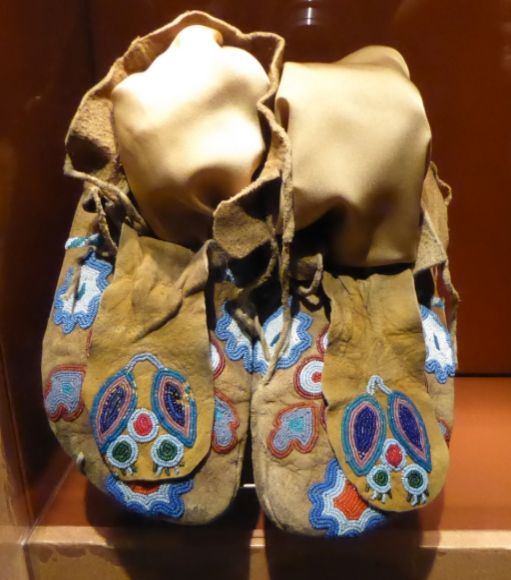
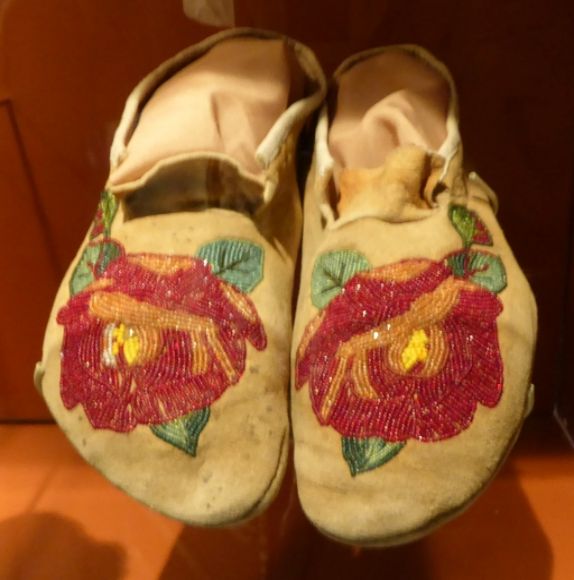
 Shown above are some children’s toys.
Shown above are some children’s toys.
According to the Museum display:
“Toys can be more than just playthings for children. These toys are examples of how Plateau parents taught children about their Indian culture by providing them with miniature replicas of clothing, cradleboards, and other items.”
Thompson Family, Yakama
According to the Museum display:
“The objects in this case represent three generations of the Thompson family of Wyam on the Columbia River. Tommy Thompson (d. 1959) was the last salmon chief at Celilo Falls, Oregon.”
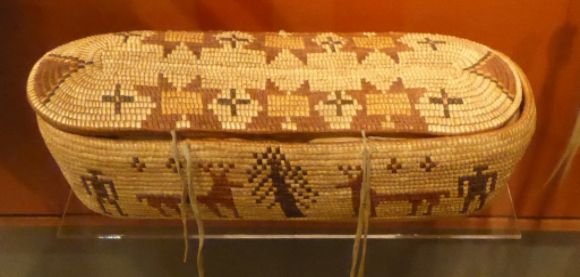 Shown above is Tommy Thompson’s Keepsake Basket. It was made between 1890 and 1910. The cross symbols represent the four directions.
Shown above is Tommy Thompson’s Keepsake Basket. It was made between 1890 and 1910. The cross symbols represent the four directions. 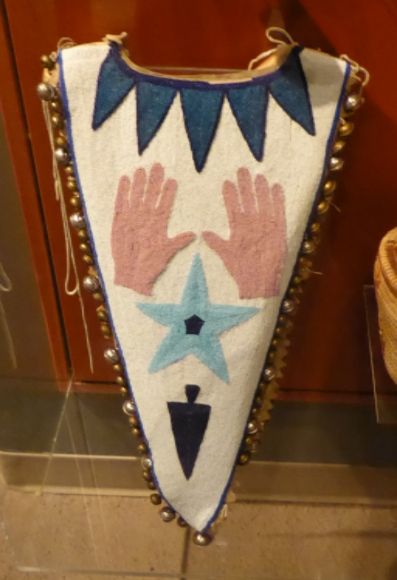 Shown above is a dance yoke made between 1900 and 1920. This dance yoke was used by Tommy and Henry Thompson during special occasions.
Shown above is a dance yoke made between 1900 and 1920. This dance yoke was used by Tommy and Henry Thompson during special occasions.
Showaway Family, Umatilla
According to the Museum display:
“To make sure each object was passed to the next generation, Louise Showaway made a point of marking each object with the name of the person who would receive it. The objects in this case testify to the determination of one family to regain its ancestral links while incorporating new materials.”
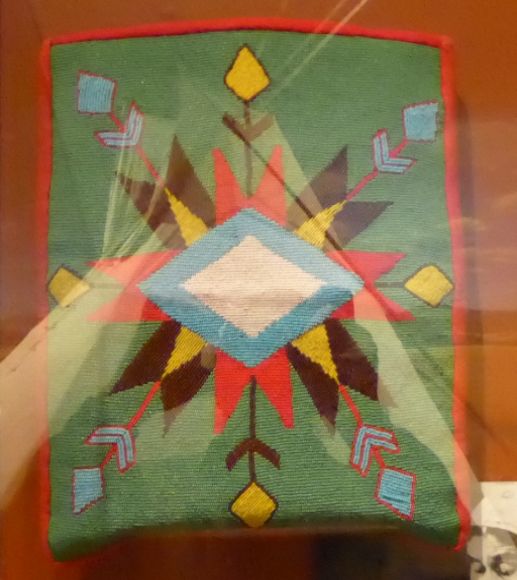
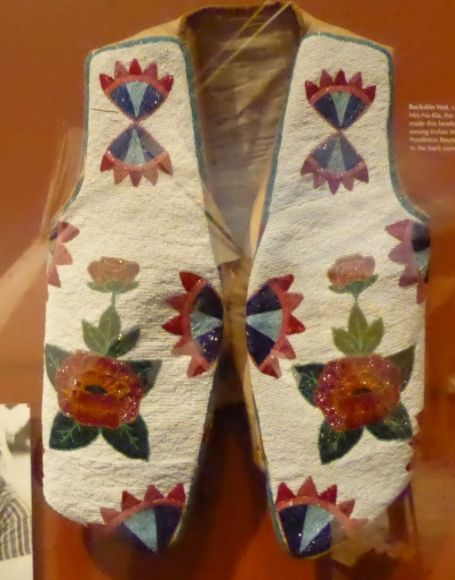 The buckskin vest shown above was made between 1900 and 1920 by Mis-Na-Kla, the mother of Louise Showaway.
The buckskin vest shown above was made between 1900 and 1920 by Mis-Na-Kla, the mother of Louise Showaway. 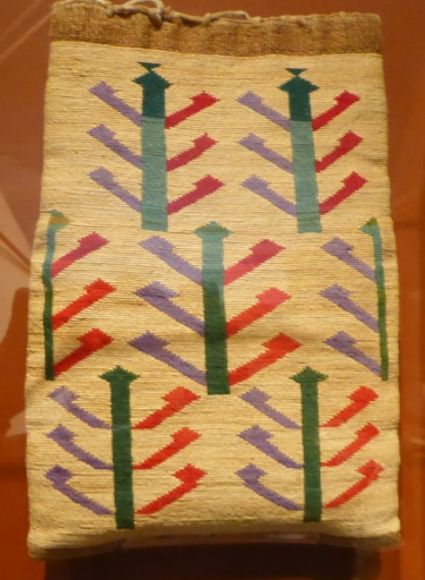 The cornhusk bag shown above was made about 1900 and was used by at least three generations of the Showaway family to hold the roots they had gathered.
The cornhusk bag shown above was made about 1900 and was used by at least three generations of the Showaway family to hold the roots they had gathered. 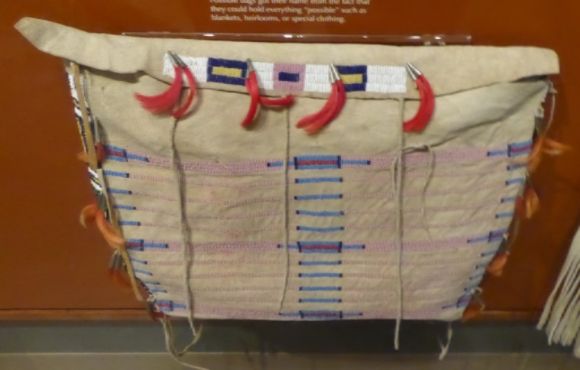 The possible bag shown above was made in the early 1900s and once belonged to Abe Showaway. Possible bags got their name from the fact that they could hold everything “possible.”
The possible bag shown above was made in the early 1900s and once belonged to Abe Showaway. Possible bags got their name from the fact that they could hold everything “possible.”  The Showaway family cradleboard shown above was made in the 1800s.
The Showaway family cradleboard shown above was made in the 1800s. 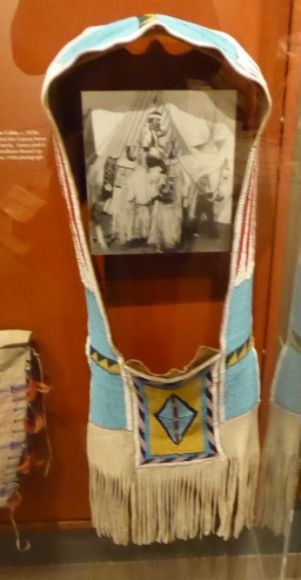 The bandolier horse collar shown above dates to the 1870s. Leona Showaway Smartlowit inherited this Cayuse horse collar from her father’s side of the family.
The bandolier horse collar shown above dates to the 1870s. Leona Showaway Smartlowit inherited this Cayuse horse collar from her father’s side of the family.
Burke Family, Walla Walla
According to the Museum display:
“The descendants of Poker Jim Burke, a Walla Walla Cayuse, have let their tribal members in the parades of the Pendleton Round-Up since it began in 1910.”
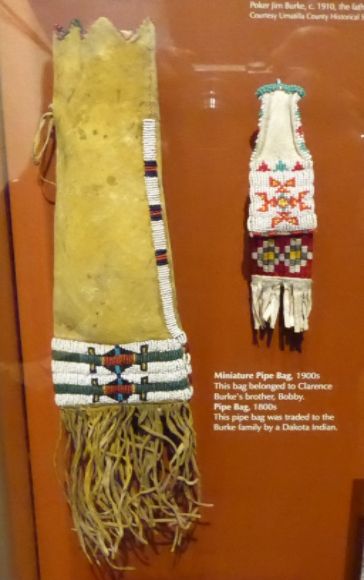 Shown above are a pipe bag made in the 1800s and a miniature pipe bag made in the 1900s.
Shown above are a pipe bag made in the 1800s and a miniature pipe bag made in the 1900s.  The beaded bag shown above was made in the 1920s by Emma Jones Burke.
The beaded bag shown above was made in the 1920s by Emma Jones Burke.  The mortar and pestles shown above was made in the early 1800s.
The mortar and pestles shown above was made in the early 1800s. 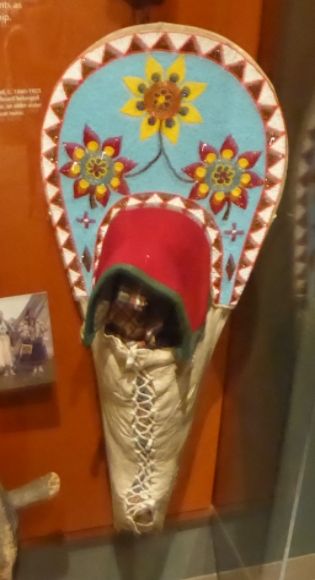 The cradleboard shown above was made between 1860 and 1925.
The cradleboard shown above was made between 1860 and 1925. 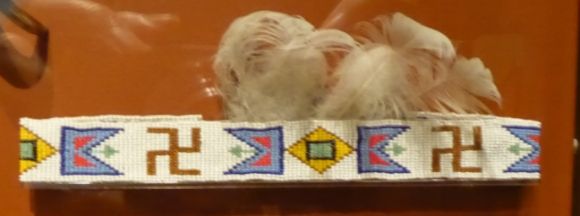 The headband shown above is from the 1930s. It was made by Clarence Burke and presented as a gift to Doris Bounds in 1958. The swastika pattern represents the four winds.
The headband shown above is from the 1930s. It was made by Clarence Burke and presented as a gift to Doris Bounds in 1958. The swastika pattern represents the four winds.
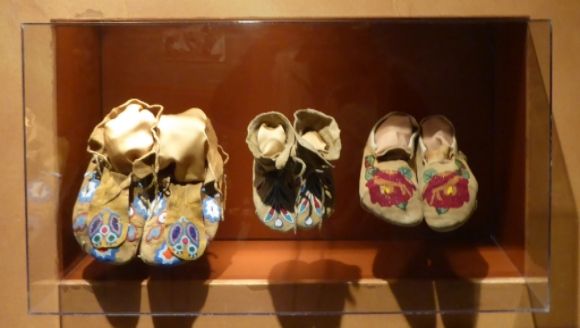
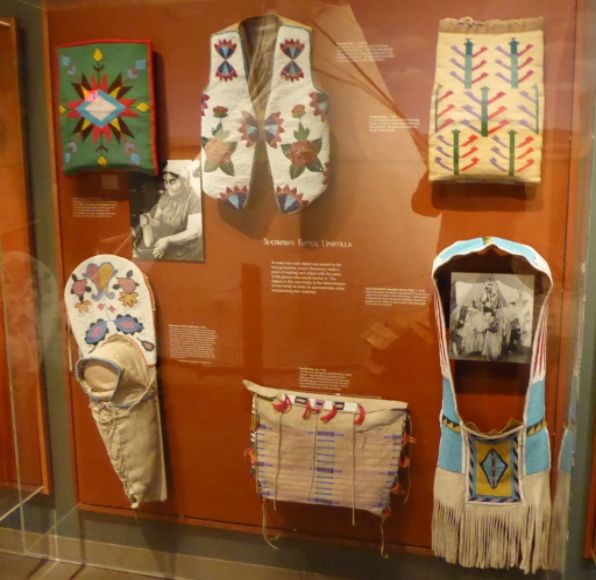
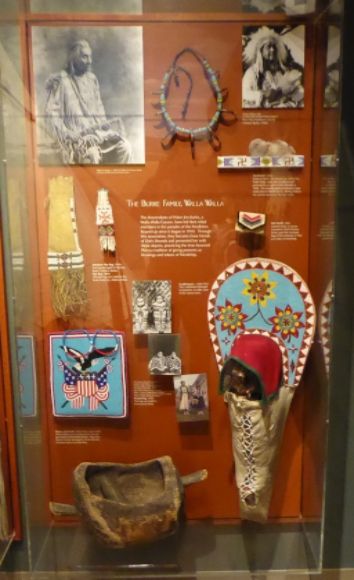
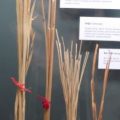
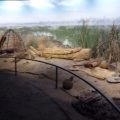
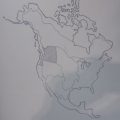
Leave a Reply